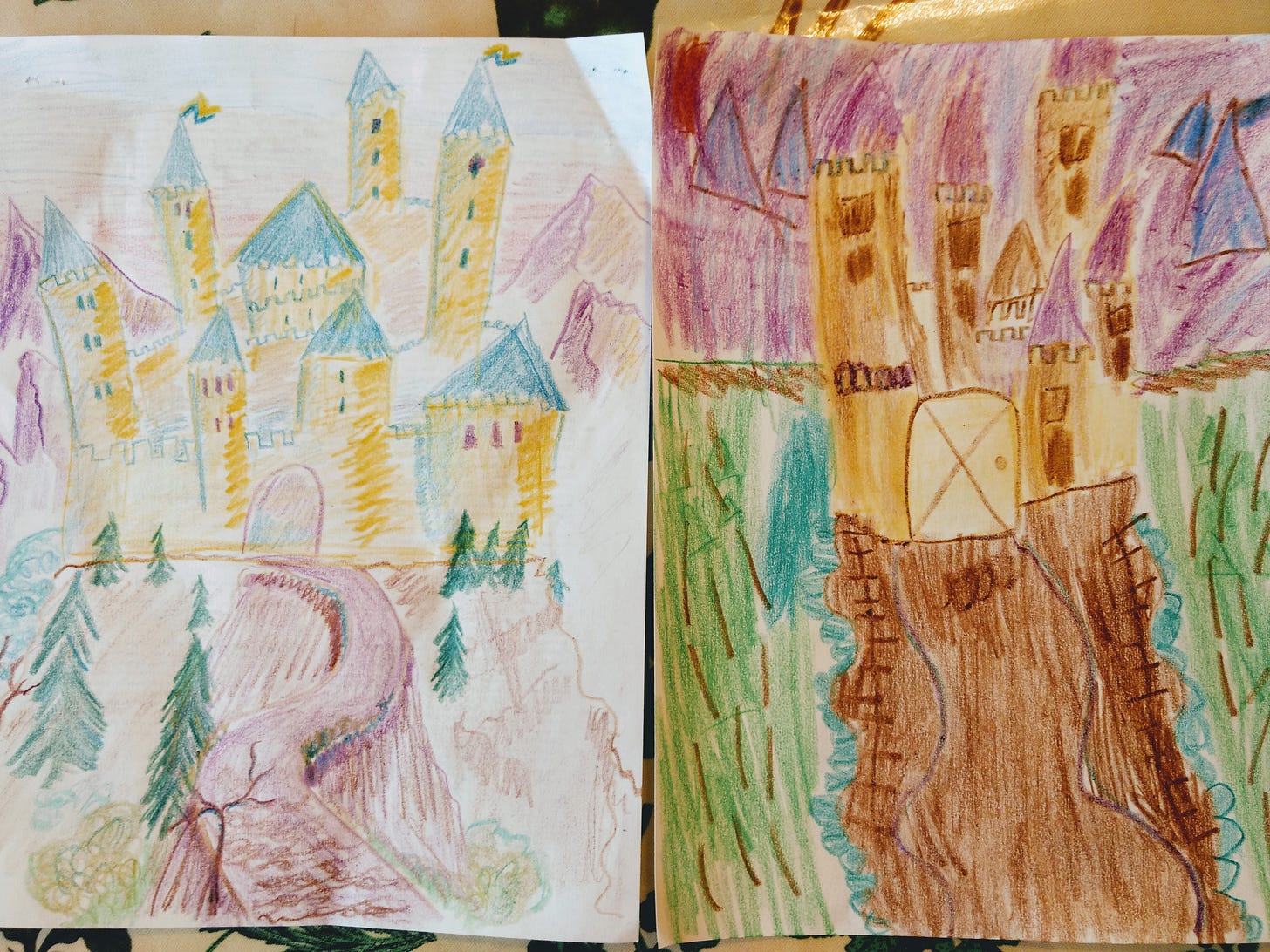Remove Punishments
Invitation:
Make a commitment, right now, to remove all punishments from your home. The same with adult-imposed “consequences”.
A logical consequence, e.g. removing projectiles from the vicinity of a dysregulated child is absolutely necessary.
A “consequence” of, well no t.v. tonight because of how you acted, is just a punishment with another name.
Clear?
So no more punishments.
Do punishments even work? Meh. Maybe. Sometimes. They might make your child more stealthy. Or they teach them that if they behave in a certain way you will punish them. But it doesn’t teach them what to do instead.
Dr. Mona Delahooke, in her book Beyond Behaviors, has a list:
Disciplinary Techniques Not Recommended For Children
Any type of physical or corporal punishment
Seclusion, isolation, or solitary confinement
Isolating, sequestering, shaming, blaming or ignoring
Point and level systems for behavioral management
Yelling, screaming at, shaming or degrading children
And, if we go with the latest neuroscience and a phrase from Dr. Ross Green:
Children do well when they can, not when they want to.
So if a child is not doing well, and we take the assumption that they can’t in this moment, does a punishment help them feel safer in their home? Does it increase connection or their sense of being seen, heard and understood? No. It decreases all of the above, and in doing so increases a child’s sense of shame.
Dan Seigel and Tina Payne Bryson explain how shame forms in The Power of Showing Up, like this:
For the developing child who is repeatedly not seen, made sense of and responded to in an open and effective manner…these repeated experiences create a state of shame that comes along with an internal sense that the self is defective. Why? It is, ironically, “safer” to believe that the reason your needs are not being met is because there is something wrong with you, rather than that your parents - whom you depend on for your very survival - are actually not dependable.
I want a world where my children are seen, heard and understood. Where they have a sense that they really matter and they belong. Where they feel safe, always. I imagine you do too, right?
Replace Punishments With:
Self connection, curiosity, understanding and safety:
Oh some of the things our kiddos do can be so maddening. Like smacking a smaller sibling for example. Argh!
Here’s how a self-connection inner dialogue might go after an older sibling has smacked a younger one:
WTF! How did I miss that coming? Effing hell, he just smacked her! I’m going to go get him and smack him the same way and teach him what it feels like to be smacked. Oh but then I’m just doing the thing he did. Wait. Pause. What do I want? I want her to be safe in our home. Actually I want both of them to be safe in our home. And if I chase him then he’s not safe. Oh eff it. Okay, safety. If I come in angry neither of them will feel safe. Deep breath. Let it out slow. Safe, seen, understood.
When we are connected to our needs, alternative strategies open up to us.
Then when we can enter with curiosity. In this case I would tend to my youngest and hear her and also let eldest know I see him and ask what’s up. This can trigger more arguments. Here’s how I have handled that in the past.
When our children don’t feel safe (and their sense of safety can be triggered by the most random things, my fleece pants, for example) they behave in ways that are adaptive (and look like misbehavior).
Rewards charts, color charts, any kind of charts, punishments, threats, our energy can all trigger their inner sense of safety.
I want my kiddos to know that they are safe. My self connection and calming down to respond rather than react helps in a big way towards that.
How was this to read? Is this too big a step? Is it what you’ve been doing all along?





It’s affirming.